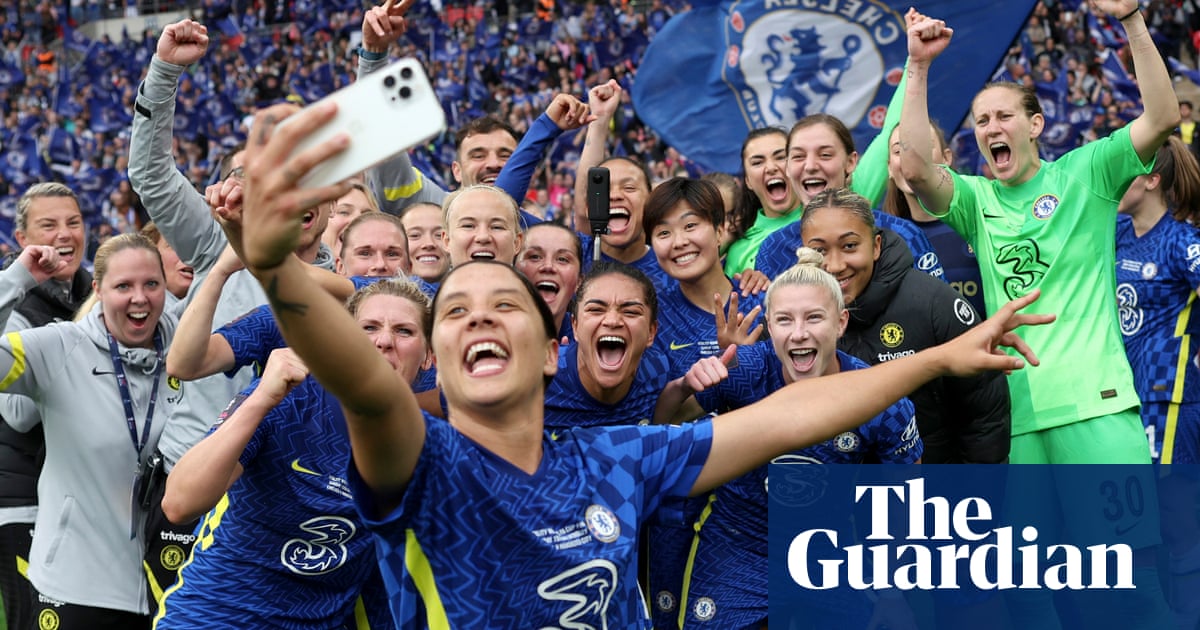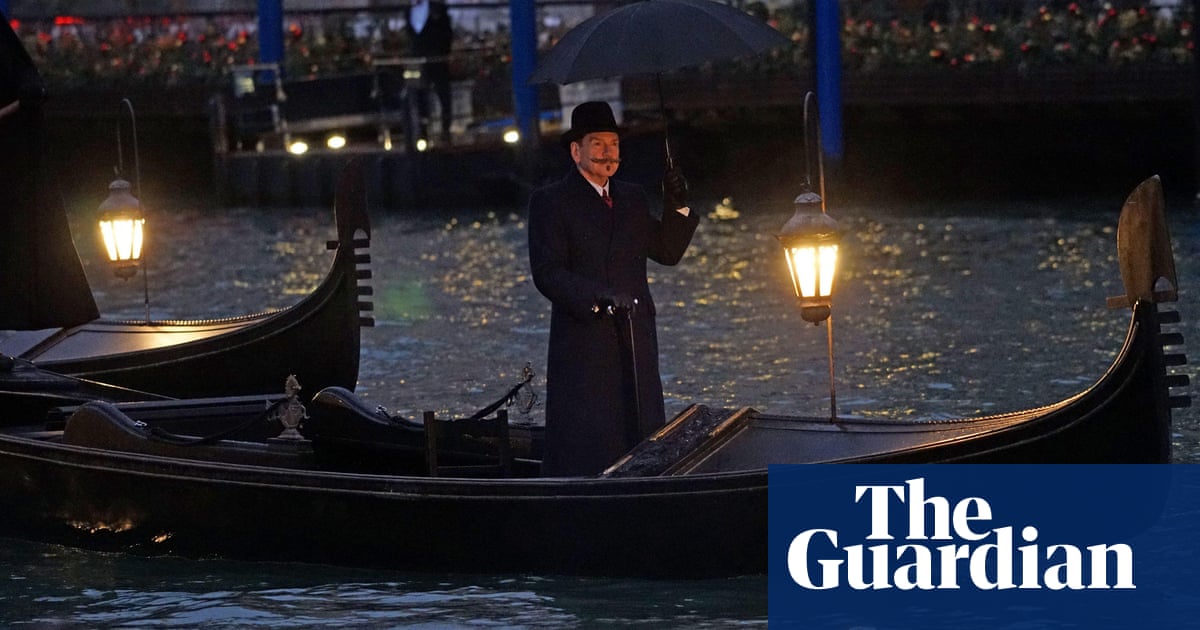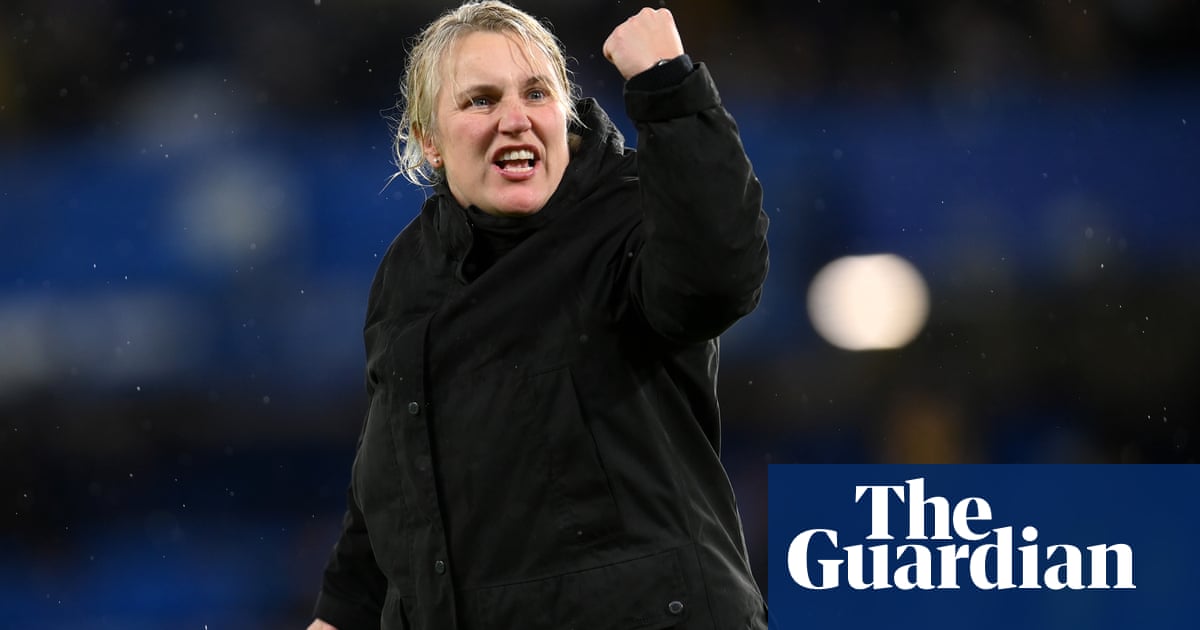
At long last, Emma Hayes’s attention has fully turned towards the United States women’s national team.
Hayes was hired by US Soccer in November, but stayed on with Chelsea until the end of the English season, hoping to finally win the Champions League. While Hayes and Chelsea finished short of that goal, her aim with the USWNT remains the same: return her team to the top of the women’s game.
With her first match in charge of the United States taking place this Saturday – and just three other friendlies to come before the Olympics at the end of July – here’s what should be on Hayes’s to-do list.
Build on the post-World Cup progress
The US have travelled a long, winding road with plenty of potholes since their failure at the 2023 Women’s World Cup.
Vlatko Andonosvki resigned after his team lost in the round of 16. He was replaced by interim manager Twila Kilgore, who will stay with the USWNT as an assistant on Hayes’s staff.
Typically, waiting periods from one permanent manager to the next aren’t productive. People, roles, and ideas are all in limbo. And yet, somewhere between the send-off games for team legends, the historic loss to Mexico in the Gold Cup, and a ridiculous water-logged penalty shootout win over Canada, the USWNT made progress.
We first caught a glimpse of that progress in a pair of friendlies against China in December – perhaps not-so-coincidentally, those were the United States’ first games after Hayes was announced as manager. Even with Kilgore leading from the sidelines and Hayes floating somewhere in the background, the USWNT finally had something that they’d lacked for almost the entire Andonovski era: structure in possession.
Against China, the USWNT shifted from a 4-4-2 in defense to a 3–2-5 in possession. Players seemed to have a much clearer grasp of their attacking responsibilities than in the past and did a far better job of interchanging and maintaining their spacing.
Here’s a look at the USWNT’s clear 3-2 structure in the early possession phase against China:
They haven’t always played a 3-2-5 in possession. At times, it’s been a 2-3-5, with one or both outside backs pushing into central midfield. At other times, the whole structure has been almost as messy as it was in the last tournament cycle. Lest we forget, they’ve been playing without their permanent manager. Things were never going to be perfect.
Now that Hayes is in charge full-time, expect to see the US build on the early foundations that have been laid since she was unveiled last year.
Find the right blend of tactical diversity and continuity
Some of the personnel shifts have already become a reality with two first-time call-ups for the upcoming friendlies against South Korea. It won’t take long for Hayes to pull a few tactical tweaks out of her back pocket, too.
I wrote “foundations” and not another word like “identity” in the section above when describing some of the United States’ post-World Cup progress for a very specific reason. Hayes is a serial tinkerer.
During her time with Chelsea, Hayes became known for a willingness to alter her team’s approach to exploit the opposition’s biggest weakness. She used back threes and she also used back fours. She used possession against inferior opposition and often shifted to a more defensive look against other ball-dominant teams. So, yes, the structured 3-2-5 or 2-3-5 look that we’ve seen semi-consistently over the last six months will be part of the US’s future. The safe bet, though, is that Hayes will use it as one of the tools in her belt rather than relying on it completely.
Hayes’s tendency to craft detailed, flexible tactical gameplans stood out at club level. But unlike their counterparts in the club game, international managers don’t have the luxury of spending hundreds of hours on the training field with their players. Instead, with the sporadic nature of international windows, Hayes will have to find a blend between tactical diversity and consistency.
Hand the keys to Jaedyn Shaw
Is it normal to clamor for a manager to run an entire attack through a teenager? Not at all. But Shaw is no ordinary teenager.
She is the best creative midfield talent to emerge for the USWNT since Rose Lavelle first broke through. After coming on to the scene for the San Diego Wave back in 2022, Shaw has developed into the primary playmaker for a team that won the NWSL Shield less than a year ago.
Even at such a young age, Shaw is a complete attacking midfielder. Fully capable of playing in the half-spaces or through the middle as a pure No 10, she has elite vision and led the NWSL in through balls in 2023.
Shaw also thrives arriving into the box, and is the United States’ leading goalscorer in 2024 … at just 19 years of age.
I do my absolute best to avoid overhyping players – especially younger ones. But I’ve never seen a USWNT attacker with Shaw’s blend of press resistance, visionary passing, and legitimate goal threat. There are other emerging youngsters in the US’s player pool, and there are high-level veterans who will continue to play a part for Hayes moving forward. None of them should have a larger role in attack, in terms of both minutes and touches, than Shaw.
Experiment at No 9
There was a moment late last year where it felt like much-needed experimentation at the striker spot was about to begin for the USWNT.
Alex Morgan, with more than 200 caps to her name, appeared to be on her way out. She was missing from the US’s final roster of 2023 and was not initially included for this year’s Gold Cup roster either.
That is, until Mia Fishel tore her ACL in February and Morgan was named as her replacement at the Gold Cup. Since then, Morgan has appeared in all eight of the US’s games, starting six and coming off the bench in the other two.
With Sophia Smith’s best performances for the Portland Thorns coming as a No 9 and Catarina Macario’s return to health, it’s becoming more difficult to justify Morgan’s inclusion. Her non-penalty goals per 90 minutes for San Diego have declined from 0.63 in 2022 to 0.29 in 2023 to straight-up zero in 2024. She wasn’t a gamechanger at the 2023 World Cup either, failing to score in the USWNT’s four matches, and she’s only scored two international goals (including one from the spot) since then.
Hayes included Morgan in her roster for the June international window, which is sensible. Having familiar voices around to help lead this transition should be a help. But with Smith and Macario in the squad, too, it’s time for the next generation to get a real chance to make the striker position their own.












